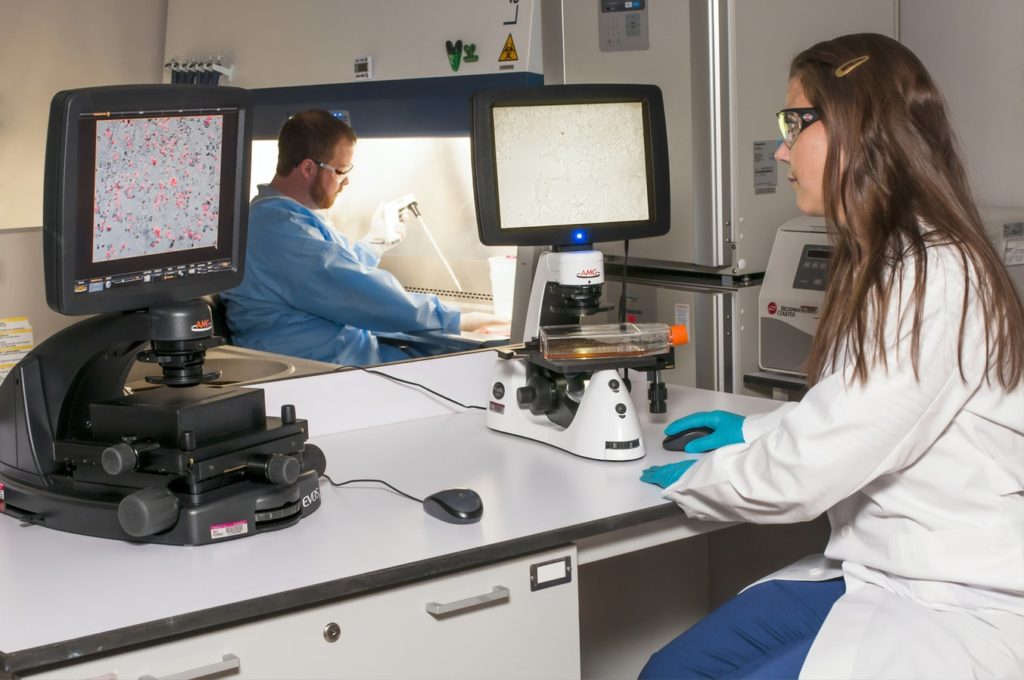Since the first human trial of stem cell intervention in 2009, advancements in stem cell therapy have developed different treatment methods that offer to be very promising and have garnered great expectations. Due to limited resources and facilities that could offer stem cell therapy, it is usually unknown about. Lonza, a stem cell therapy producer, plans to provide more readily available stem cells and gene therapy to treat different diseases as researchers aim to fully automate the culture and cultivation of stem cells used.

Stem Cell Research To Target Various Conditions
This innovation in stem cell treatment will soon change the affordability and supply for cell and gene therapy. The usual process regularly takes some time from selecting body cells from a selected donor taken in a hospital. These cells are then cultivated to a larger quantity and go through quality assurances in preparation for transport and administration for patients or used in research and treatment, such as in stem cell treatment for cerebral palsy, where the aim is to enable the brain to repair damage. “I hope to achieve this within the next five to ten years,” says William Dullaers, who is the senior manager of quality control at the Lonza Chemelot Campus in Geleen, Switzerland.
Currently, Lonza is working on a pilot module method at the Sheba Medical Center that they call a ‘cocoon’. The cocoon is made of white plastic, and is egg-shaped and about a meter long; inside the module is its own individual factory. The factory is capable of automating all operations, starting from cell selection, until it is ready for transport and administration to the patient.
Access To Stem Cell Treatments For All
“Depending on the complexity of the process, the duration varies from days to more than two months,” Dullaers said. They hope to fully robotize the cocoon process, which, in turn, will need fewer people to do the work. He adds that he might be able to reduce the workforce by 90% while still keeping the same production quality. Due to its portable design, a room can be filled with dozens of ‘cocoons’ where cell therapies are made. That would be equal to having dozens of medical labs cultivating cells to be used for research and treatment. This would be extremely beneficial to hospitals and treatment facilities, as it would allow them to have these resources readily available to them.
The study of stem cells and research into medical breakthroughs offers great promise in the future of treating diseases that were once incurable. Having stem cell therapy more available to the public will help improve the lives and well-being of patients who need this support the most.
